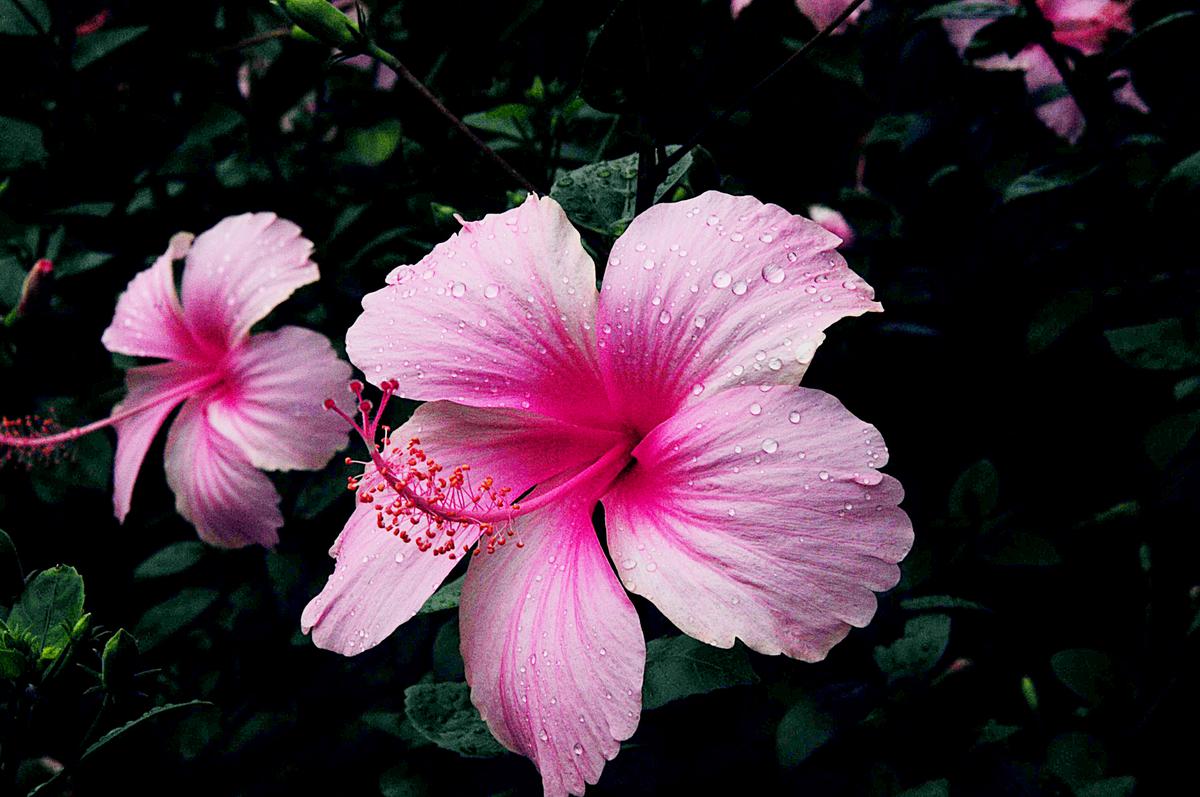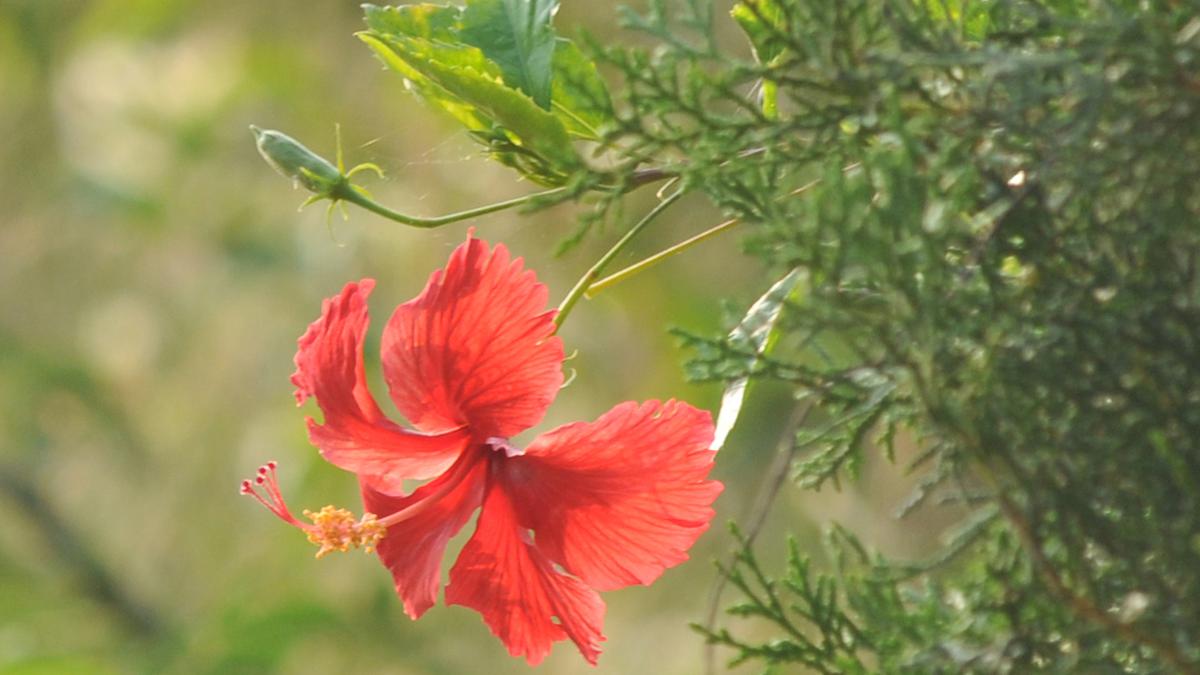Hibiscus in full bloom at Lalbagh, Bengaluru
| Photo Credit: SREENIVASA MURTHY V | The Hindu
“Every gardener, at some point in time, falls prey to the hibiscus craze and I am no exception,” says Ayeshia Fernandes who lives in HRBR layout. “My mum is an enthusiastic gardener and has a wide collection of this plant. A few woody cuttings from her has been the beginning of my hibiscus journey. I currently grow nine varieties of this flower, including the tropical hibiscus double orange, Chinese hibiscus, white hibiscus or rose mallow, and hibiscus rosa sinesis.”
In Bengaluru, one can source a range of hibiscus plants from most nurseries that dot the city, to say nothing of the flower vendors pushing their carts through residential areas.
The hibiscus is a hardy, versatile plant and can easily be the cynosure of any garden; they do well on balcony gardens too, as they require a lot of direct sunlight.
Cara Lovett who lives in Koramangala says, “The hibiscus is one of my favourite flowering plants as it has a wide colour palette with myriad hues, shapes and sizes. Plus, since it is perennial, one gets to enjoy its beauty throughout the year. Though it may seem a bit dormant in winter, the foliage is quite pretty too.”

The Hindu
“Apart from brightening up my verandah garden, the flowers and leaves are a helpful addition to my hair oil regime,” she says.
Hibiscus thrive in well-draining soil with plenty of organic matter and neutral to slightly acidic soil. Though they may grow in partial sunlight, the flowers may not be as bountiful.
Snehalata Naidu who lives in Prestige Jindal City says, “Amma had carried a hibiscus cutting from Mangalore to her home in Fraser Town in 1990. It was a white hibiscus which is medicinal so we could pluck it off of the plant and eat it after washing it well. Now my garden, too, has plentiful blooms, and I use the flowers to make hibiscus tea or mix the fresh juice of hibiscus leaves with onion juice and apply it to my hair and scalp.”
“Unfortunately, troublesome pests find the hibiscus as irresistible as the enthusiastic gardeners. So, I regularly spray with either neem oil or organic insecticides concoctions found online,“ says Ayeshia Fernandes.
The hibiscus needs plenty of water, especially when young and new. To root a cutting, trim off a branch that is five to six inches long and strip off the lower leaves. Plant the cutting in a pot with three parts sand and one part compost. Roots should form within a few weeks.
The Hindu







